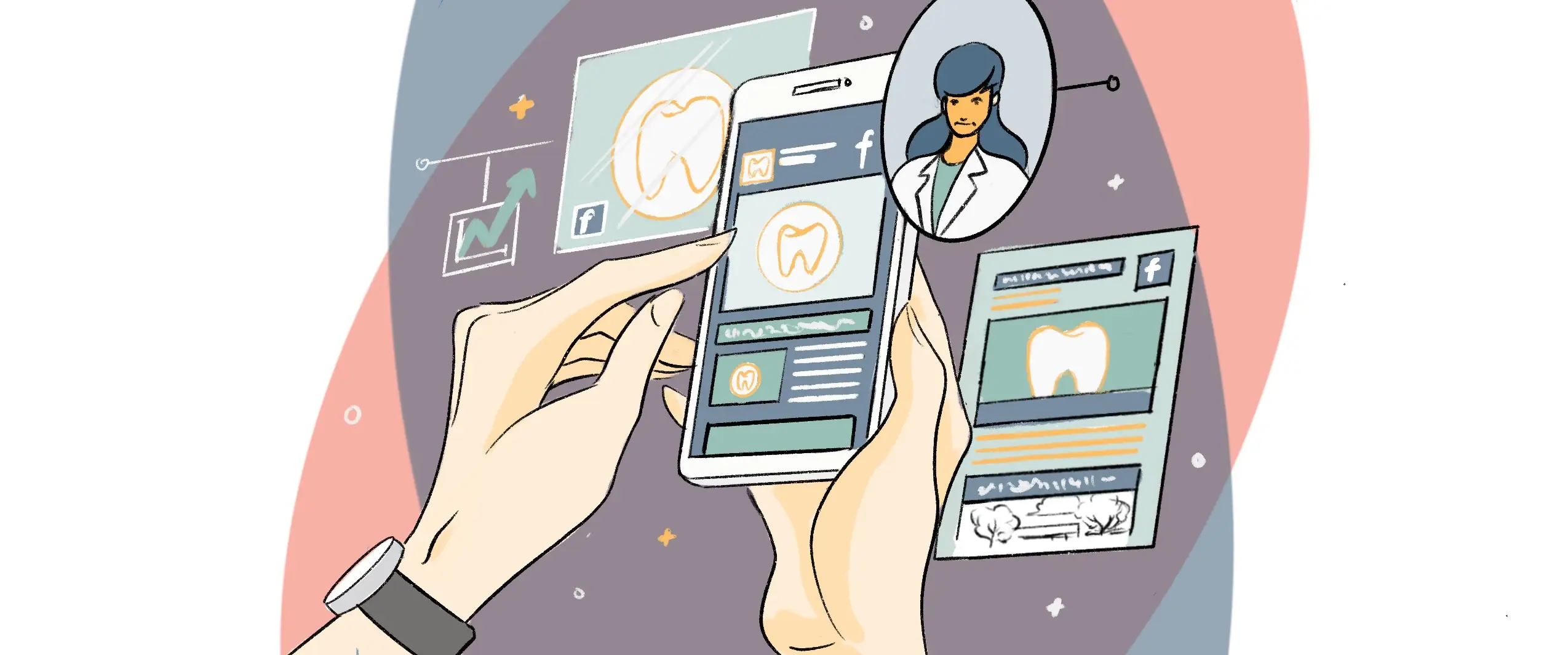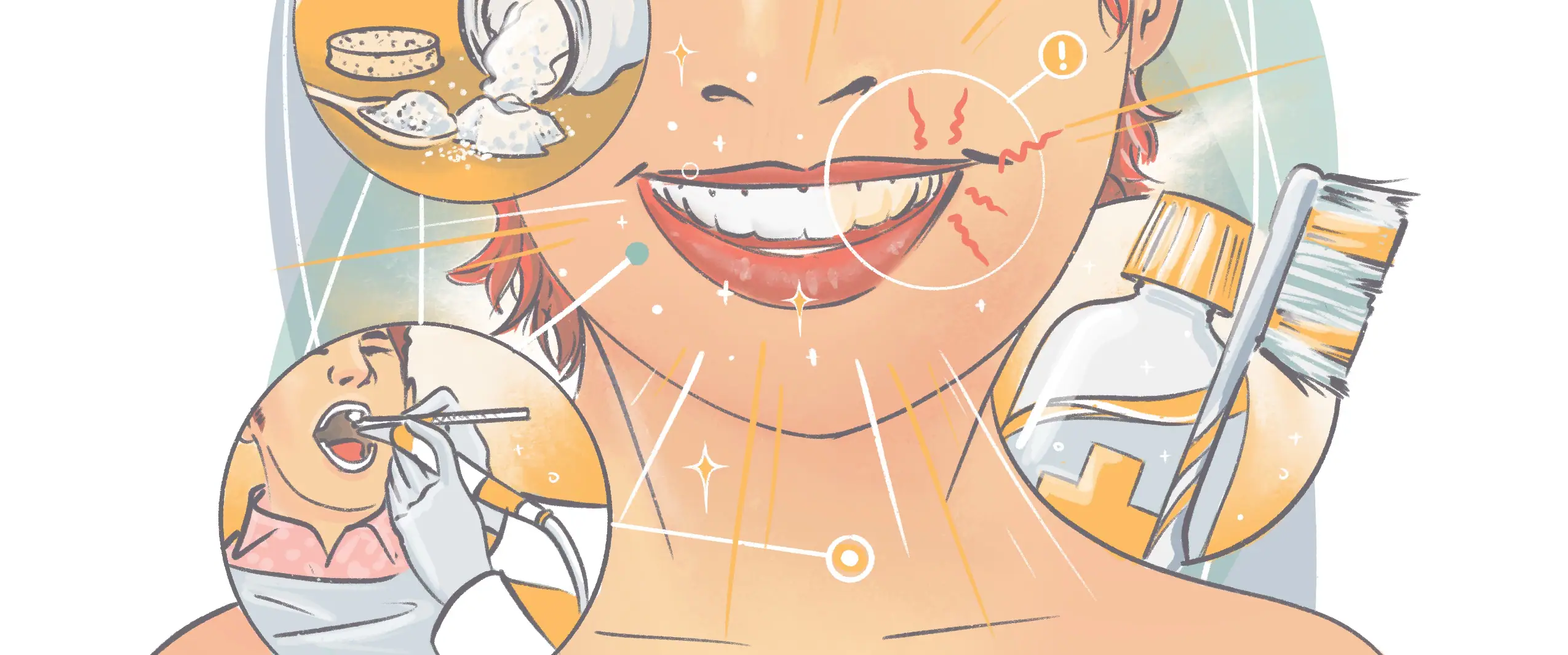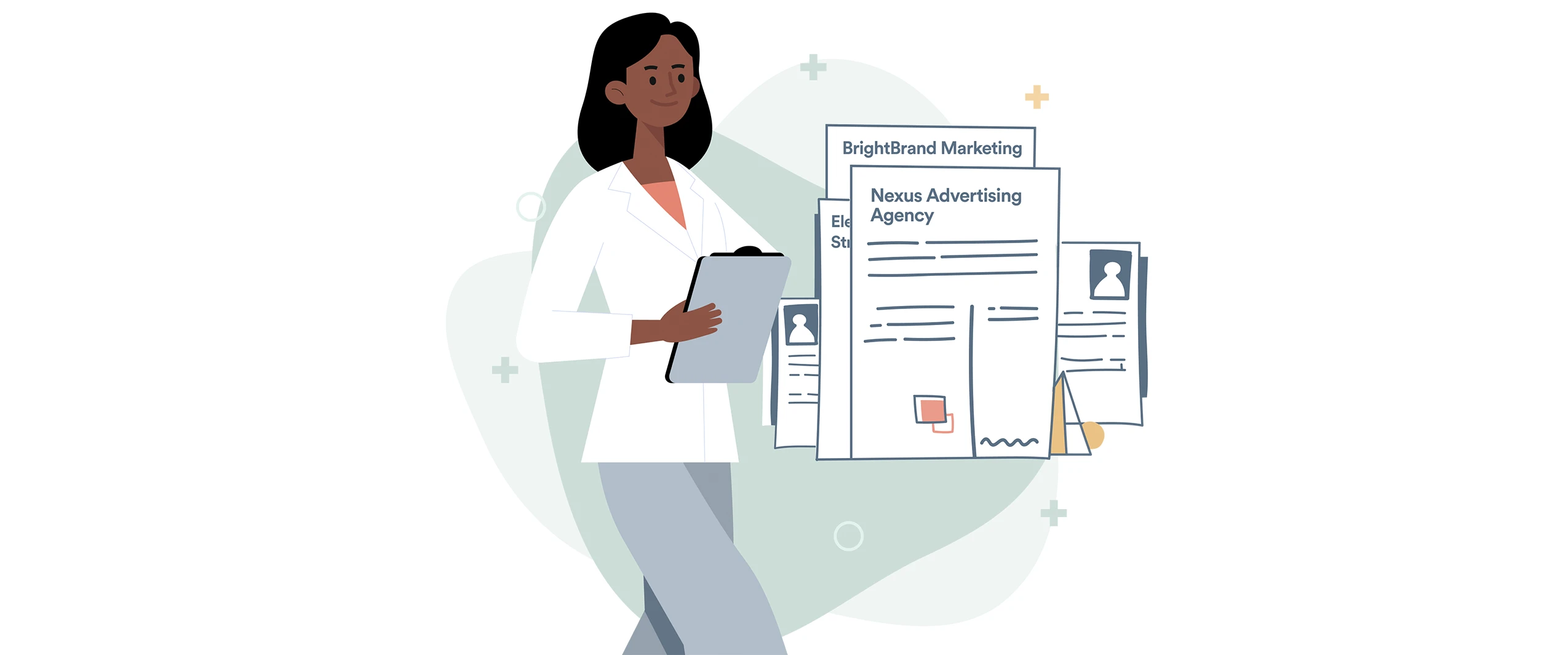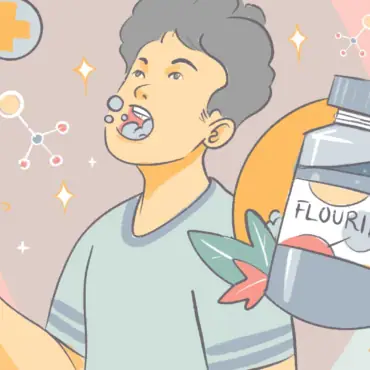
Your patients are the most valuable asset your practice has. Because of this, patient loyalty is vital to the success of your practice and it’s important you optimize the lifetime value of each patient. For this, you need an effective email marketing and nurturing campaign.
It helps you to keep your patients informed and keep them coming back for more. Email is one of the most cost effective and conversion-rich forms of digital marketing today. It can get you impressive results without spending a bunch on marketing.
Email marketing allows you, at a low cost, to re-engage patients and bring them back for more services. It can be a healthy return on investment. So, the math is quite straightforward; a well-thought-out email marketing strategy will make you money, no doubt about it.
Let’s explore.
Why email marketing for patient retention?
Email marketing has the highest return on investment for small businesses. This means you get a lot, but you spend little. That’s the perfect equation for any marketing or nurturing strategy.
Also, roughly 80% of marketers have reported an increase in email engagement over the past 12 months. So, if email engagement is up, it means a more effective strategy.
With an effective strategy, you get more engagement, and you get more leads. In fact, mobile readers who open an email for a second time from their computer are 65% more likely to click through. Also, 64% of small businesses say that the email copy is very effective.
So, what can email marketing do for your patient retention efforts? Let’s look at some of the things you can do with an effective email campaign:
- You can remind a patient of an upcoming dentist appointment, when they might be due for a checkup, or any other appointments required or suggested in a treatment plan.
- Even things like a simple “happy birthday” email campaign can go a long way to show your patients that you care. Remember, you don’t even have to include an offer for it to be effective. The key is you’re showing the patient you care.
- When year-end comes, you can think about a year-end campaign to remind your patients to use their insurance benefits by the end of the year. They may have insurance benefits remain or funds set aside in a flexible spending account or healthcare savings account. The end of the year is a perfect time for them to schedule an appointment so any payments can be applied before the benefits are reset.
- If your practice participates in community outreach efforts, email is the perfect platform to ask your patients for participation or to remind them to bring any items that they can drop them off at their upcoming appointment.
Keep in mind these are just a few examples of what you can do and that they are many others.
The important thing is, irrespective of what you do, you want to engage and communicate frequently with your patients to build strong relationships beyond just seeing them in your consulting rooms every six months.
Worry-free insurance verification
Opencare takes the guesswork and effort out of insurance verification.
And email and SMS let you do this because you get to nurture, educate, remind, and rebook your patients.
Best practices for email marketing
Subject lines
Think about this, what’s the first thing a patient will see when your mail arrives in their inbox. Yes, that’s right, the subject line. No matter what anyone says, people judge emails by the subject line.
So, subject lines need to be compelling enough so that your patients open the mail. Make them catchy and be specific, keep it under 40 characters for optimum readability, and you’ll be well on your way to an excellent click-through rate.
You can also consider adding personalization if possible. Here, if a patient sees the subject line with their name in it, it’s already more engaging.
Preheader text
If the subject line was the first hook to get your patients’ attention to the email, the preheader text is what convinces them finally to open it. Because of this, your preheader text should complement the subject line and help communicate any points you couldn’t in the subject line.
What should the patient see when they open the email?
Let’s be clear from the start, the email should be clean and easy to digest. If you add too many buttons, colors, or banners, you’ll lose your patients’ interest as fast as a kid loses teeth.
So, considering this, you want patients to easily grasp what you want them to do, Keep it simple.
Call to action
When you create your email campaign, one of the most vital components is the call to action. It grabs the patient’s attention and encourages them to act.
This means your call to action should stand out and be easily clickable, while also being clear and showing the patient exactly what is required of them. It should also give them a very good idea of what will happen if they click the call to action. Here, think of things like, “Click to make an appointment” or “Click to find out more”.
Nailing the messaging
Every email message you send to one of your patients should have a point. This means, if you want to promote a service, that should be the only point in the email message. Likewise, if you want to provide valuable content, that should be the only point in the message.
If you go too far, you lose your patient’s attention. Remember, you basically have a three second attention span to work with so keep it simple and to the point.
Frequency
Now, the question is how often should you be sending emails or messages to each patient? Depending on the circumstances, you will want to email your patients at least monthly. This could be more or less, and you’ll have to decide what the right number is. You could need some guidance, though.
For example, if you’re trying to get patients to book an appointment for a six-month check-up, you might want to start emailing them at four months to remind them they should book an appointment. This could be once a week or maybe twice a week. If they don’t book by six months, make sure your messaging becomes more urgent to drive action.
Also, if you’re also sending SMS, try to set the frequency so patients don’t get both an email and SMS from you on the same day. Remember, you want to be consistent, but you don’t want to over communicate because then it seems like spam.
If your campaign is based more on content like articles or infographics, you can consider sending a monthly newsletter to patients. In this way, they’ll find value in you trying to provide this type of content to them in addition to recommending exams and treatment plans.
Personalization
Message personalization is the number one tactic used by email marketers to improve performance of a campaign. And it is simple to see why. When you use a first name in the subject line or the body of your email to greet the patient, you help build a one-to-one relationship in your marketing efforts.
Grow your dental practice
Opencare is the only risk-free patient acquisition solution for dentists.
For the patient, it feels like you’re talking to them on a more personal level and they like knowing they’re remembered. This overall, improves your strategy significantly.
What should a follow-up email look like after their appointment is complete?
The next question is how a follow up email should look like if a patient’s appointment is complete.
First, you’ll want to thank the patient for visiting your practice and ask them for feedback. Now, this feedback could be given as a Google review, Facebook review, Yelp review or something similar. Remember, there are many platforms like these available online. Provide a link to do so.
If they had a negative experience, make sure someone reaches out to gather more information about their experience and to help mitigate the issue. At the most you should answer briefly on the feedback, but you must be careful not to become embroiled in a dispute with the patient on a public platform.
Sign up for our newsletter.
Just let us know a bit about yourself.
For example, if there is negative feedback you may answer, “Thank you for your feedback, we’ve referred the matter to our office manager”, or something similar. If there really is an issue, it can be sorted out in private and not public.
Also, if the patient didn’t book an appointment before leaving, this email is a perfect opportunity to remind them to book and you could also add a call to action to an online portal to make a booking, or to call your office to schedule an appointment.
How can you use an e-mail campaign to educate and communicate with your patients without bugging them to come back?
The most important thing you can do to educate your patients without bugging them to come back, is to move away from a mindset of selling, and moving to a mindset of helping.
In other words, in this campaign you’ll want to provide your patients with content that is relevant and valuable, while at the same time solving their problems.
Now, to accomplish this, you’ll have to consider why your patients come to you. Well, simply, it’s to ensure their teeth stay healthy. To provide relevant and valuable content you’ll thus have to focus your content on this pain point of your patients.
You can, for instance, remind them of the importance oral health has on total body health and what diseases or issues they could potentially avoid if they visit the dentist every six months.
You can expand on this and educate them on when to see a dentist outside the six-month mark. For instance, when they have toothache, swelling, red gums, or any other problem relating to their dental health, it might be a sign they need a professional opinion.
You can also provide content that shows them what to expect when they come for a routine check-up. Remember, a lot of people are afraid of the dentist, so if you provide this content, you’ll put their minds at ease.
When you provide these types of content, you, over time, become a resource your patients will use if they have any issues or problems. And when a suspected problem turns into a real problem and your patients want to find a dentist, guess who they will call first? Yes, the resource they’ve been using online to find the information they need.
The bottom line
Email marketing is a powerful tool you can use to retain patients, create loyalty to your practice, and increase the rate at which appointments are made. When you provide patients with relevant and valuable information, you’ll become a resource for them that they can use if they need any advice on dentistry.
In turn, this will create loyalty and, ultimately, more return appointments.
If you need more information about email marketing, about our services, or our revolutionary revenue cycle management system, visit our website or contact us for more details.








